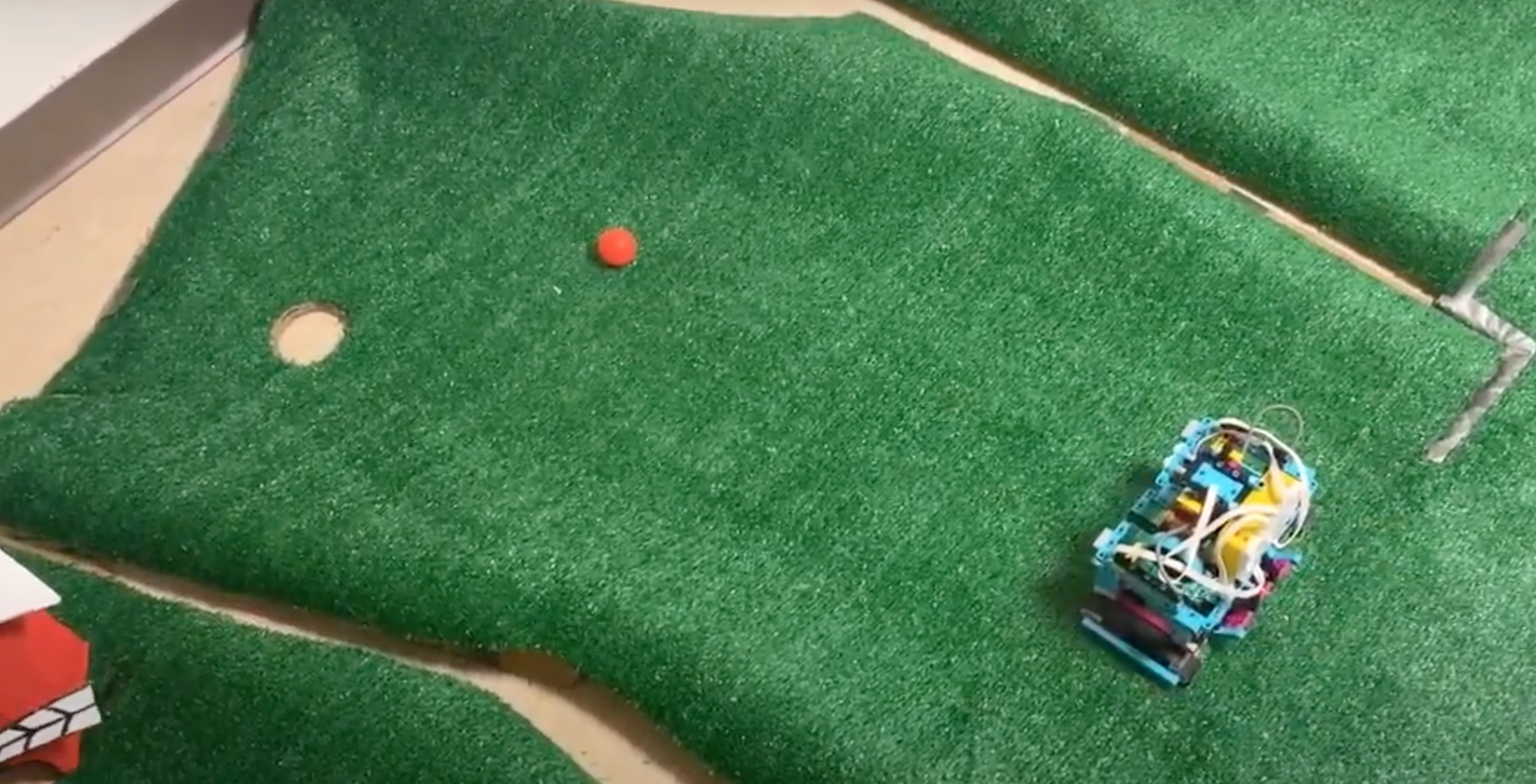
In the fall 2020 semester, Dr. Ethan Danahy, Research Associate Professor from Tufts Center for Engineering Education and Outreach (CEEO), taught a section of the introductory engineering course for Tufts first-year School of Engineering students called Simple Robotics. Throughout the semester, students used the LEGO Education SPIKE Prime robotics kits to complete open-ended engineering and design challenges, which were then well documented on student e-portfolios on Canvas. Each of these assignments included various fundamental attributes to engineering, including: building, motors, gears, simple programming, contest or pressure deliverable deadline, interaction with the world, sensors, programming structures (loops, etc), or were situated in the context of a specific client.
As the final project for the course, students had to design and prototype an interactive fun experience or game using the SPIKE Prime kits and an associated online web interface so that child testers could log-in and play with it virtually. This allowed the engineering students to utilize the base of skills gained from prior weekly projects in addition to developing some new abilities. The interfaces they created had three main components: (1) customized web pages that were user-friendly, tailored to be exciting to the children, and captured user input, (2) an online commercial database (Airtable) for storing remote tester interactions, and (3) internet-to-robot communication for controlling the game. Creating this interface configuration introduced the students to new concepts such as web programming, the Internet of Things (IoT), and the difficulties of implementing remote controlled telepresence robotics.
Leading up to the final project virtual showcase, there was an initial round of prototype testing with teaching assistants and other visitors one week prior. This gave students a sense of what was working, what needed more modifications, and to hear ideas or suggestions from others for how to make their projects better. Over the next week, students worked tirelessly to perfect their projects for the Final Showcase, improving various components of the games. After the final presentation, students received very positive feedback from the child testers, explaining why each game was entertaining and what changes could be made to make it even more exciting!
One project (pictured below) was a Tic-Tac-Toe game, where the SPIKE Prime “catapult” would launch a ping pong ball into a 3 x 3 board. On the remote interface for this game, the user could select their desired rotation and power levels that the ball would launch at. This game was specifically designed so that two remote participants could play against each other to launch ping pong balls.
Another project was an entire three-hole Mini Golf course (pictured below) in which the user could control the movement of the SPIKE Prime to line up the shot, the speed of the club, and when to hit the ball. It could even be controlled to pick up and drop the ball for the all-important mulligan. For this project, the students also had to physically build a robot-sized mini golf course to play on. At the initial round of testing, this prototype did not have all of these capabilities and the robot could only drive forward and backward. But after taking in various suggestions and another week of hard work, the students were able to create a realistic version of virtual mini golf, complete with artificial turf and a rotating windmill final hole!
